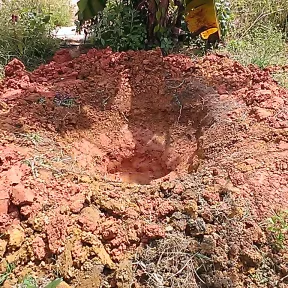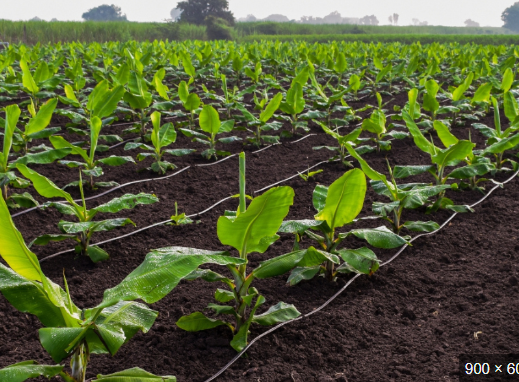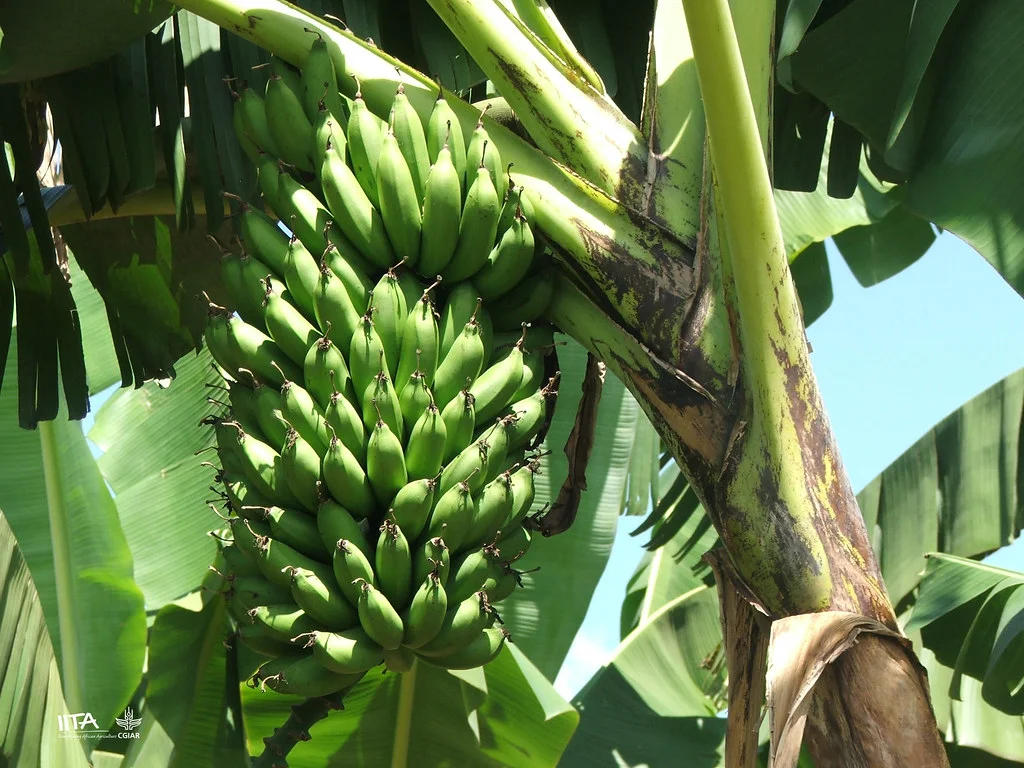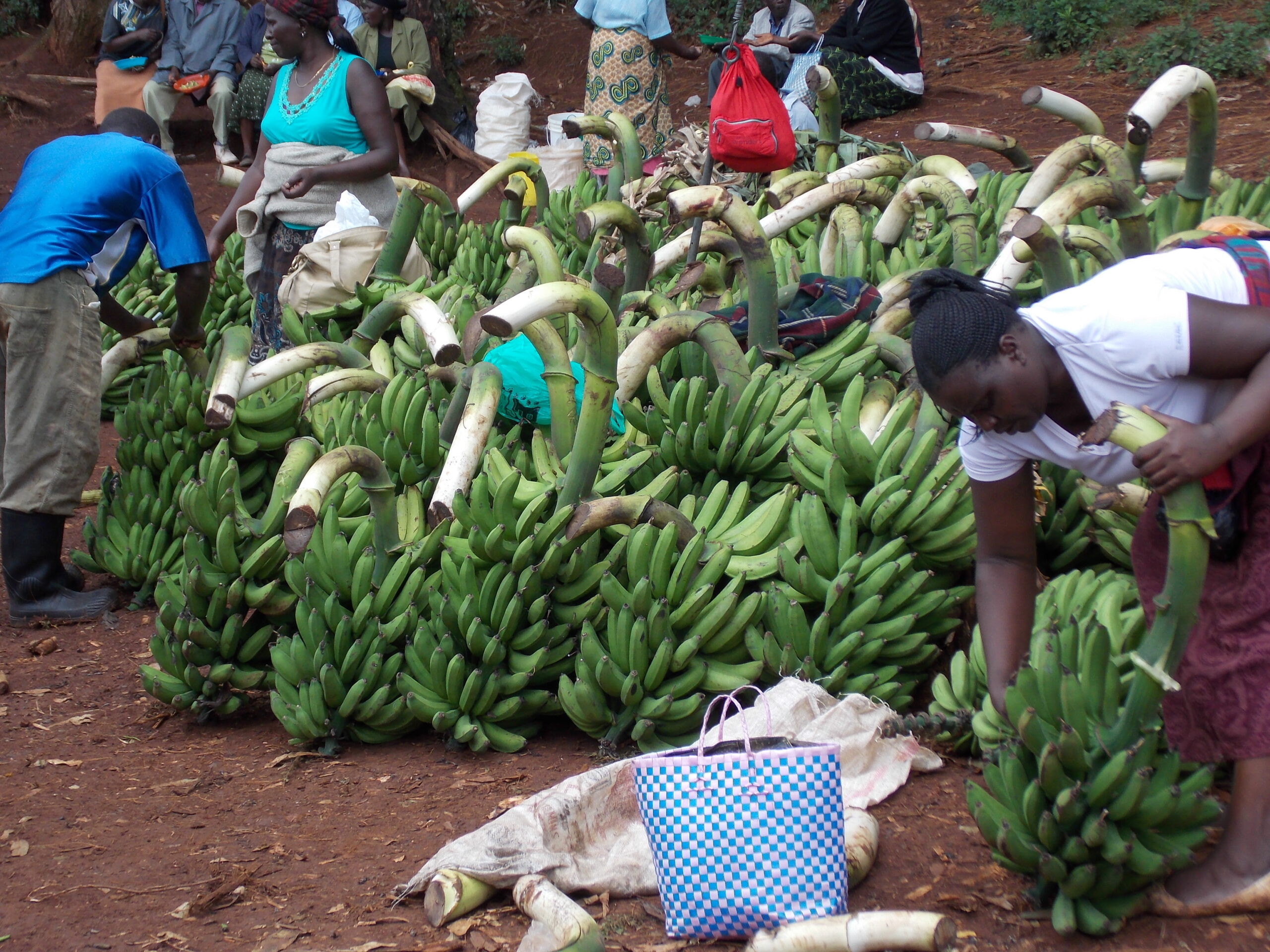



Planting
For successful banana farming, proper spacing is essential to maximize yields and maintain healthy plants. Traditional banana varieties should be spaced at 3 meters by 3 meters, allowing about 450 plants per acre, while tissue culture bananas can be planted more densely at 2.5 meters by 2.5 meters, accommodating around 625- 650 plants per acre. For farmers practicing high-density planting, especially with access to irrigation and good soil, spacing can be reduced to 2 meters by 2.5 meters, supporting up to 1600 plants per acre. The right spacing depends on the variety, soil fertility, and water availability, and ensures good sunlight exposure, air circulation, and ease of management.
Watering
Watering banana suckers is essential for healthy establishment and growth. After planting, water the suckers immediately to help settle the soil and support root development. Keep the soil consistently moist, especially during dry periods, by watering 2–3 times per week, but avoid overwatering as bananas are sensitive to waterlogging. Ensure good drainage to prevent root rot, and use mulch around the base to retain moisture. If available, drip irrigation is ideal for efficient water use. Always monitor the plants—wilting or dry soil indicates under-watering, while yellowing or soft leaves may suggest overwatering.
Maturity
Bananas typically take 9 to 15 months to mature and produce edible fruit, depending on the variety and growing conditions. Tissue culture bananas mature faster, usually within 9 to 12 months, while traditional varieties may take up to **15 months**. Once the banana bunch appears, the fruits are ready for harvesting as green bananas (for cooking, like matoke) in about 3 to 4 months, when they are full-sized and firm. For yellow, ripe bananas, the harvested green fruits can be ripened naturally in 7 to 10 days, or left to ripen on the plant, though this risks pest damage. Proper care, irrigation, and timely weeding help ensure faster maturity and better yields.
Marketing Strategy
A good marketing strategy for bananas involves targeting both local and regional markets by ensuring a consistent supply of high-quality fruit, whether green for cooking or ripe for eating. Farmers should form or join cooperative groups to aggregate produce, reduce transport costs, and negotiate better prices. Establishing direct relationships with vendors, supermarkets, schools, and restaurants can secure stable buyers. Using social media and local market days to promote the freshness and availability of bananas helps attract walk-in and bulk buyers. Value addition, such as selling ripe bananas, banana chips, or flour, can also increase income. Consistency, quality, and timely delivery are key to building trust and customer loyalty.